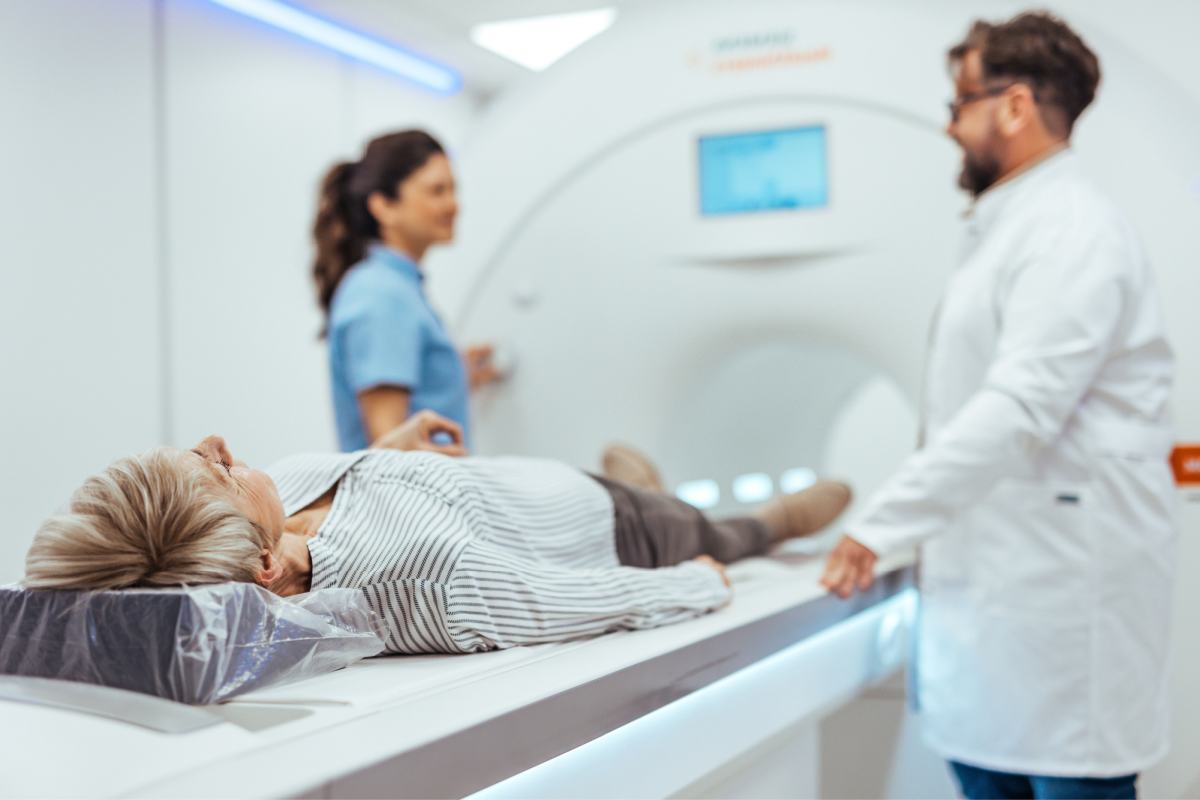Researchers at Northwestern University Feinberg School of Medicine in Illinois, have developed a novel implant capable of capturing cancer cells travelling through the body, in order to reduce metastasis. The findings were published in the journal Nature Communications.
Cancer cells undergo metastasis when they migrate through the bloodstream or the lymphatic system, away from the original tumor site. Once these abnormal cells begin to circulate through the body, they can bind to vessel walls or other organs, and establish a secondary tumor.
According to the researchers, cancer cells can be found in low numbers in the blood for extended periods of time, before the cells begin to grow into a new tumor. While the odds of cancer survival are increased if the disease is caught before the onset of metastasis, Professor Lonnie Shea, co-author of the study, says it is challenging to do so.
In an effort to identify cancer earlier on and prevent it from spreading, Shea and his colleagues created a “biomaterial implanted scaffold.” The implant is composed of poly(lactide-co-glycolide), or PLG – an FDA-approved biomaterial containing many micropores. The scaffold is able to attract and capture free-flowing cancer cells, by recruiting the help of the body’s immune cells.
After the implant has trapped the tumor cells, an imaging technique known as inverse spectroscopic optical coherence tomography (ISOCT), is used to help the researchers identify which cells are normal and which cells may be cancer-causing.
The researchers used mice with metastatic breast cancer to test their implants. Eight mice were given two implants each, which were inserted into the abdominal fat or under the skin. The implants were around 5mm (0.2 inches) in diameter.
Shea and his colleagues found that the implants were able to capture some of the cancer cells circulating in the mice. Compared to a control group, the mice who were given the implants had a lower number of cancer cells in their lungs.
According to the researchers, “Taken together, the early detection, reduced burden of metastatic disease and potential to apply targeted therapies afforded by this technology, could significantly extend the time to disease progression.”
By reducing the number of metastatic cancer cells present in the circulatory system, the researchers hope the implant will reduce the number of secondary tumors established. Though this initial study was performed in mice, Shea and his team hope to eventually apply the same technique to prevent cancer progression in humans.
“We need to see if metastatic cells will show up in the implant in humans like they did in the mice, also if it’s a safe procedure, and that we can use the same imaging to detect cancer cells,” explained Shea.
Sources:
- Novel biodegradable implant ‘captures’ spreading cancer cells – http://www.medicalnewstoday.com/articles/299224.php
- Azarin, S., Yi, A., Gower, R., Aguado, B., Sullivan, M., Goodman, A., Jiang, E., Roa, S., Ren, Y., Tucker, S., et al. (2015). In vivo capture and label-free detection of early metastatic cells. Nature Communications. 6.












Join or login to leave a comment
JOIN LOGIN